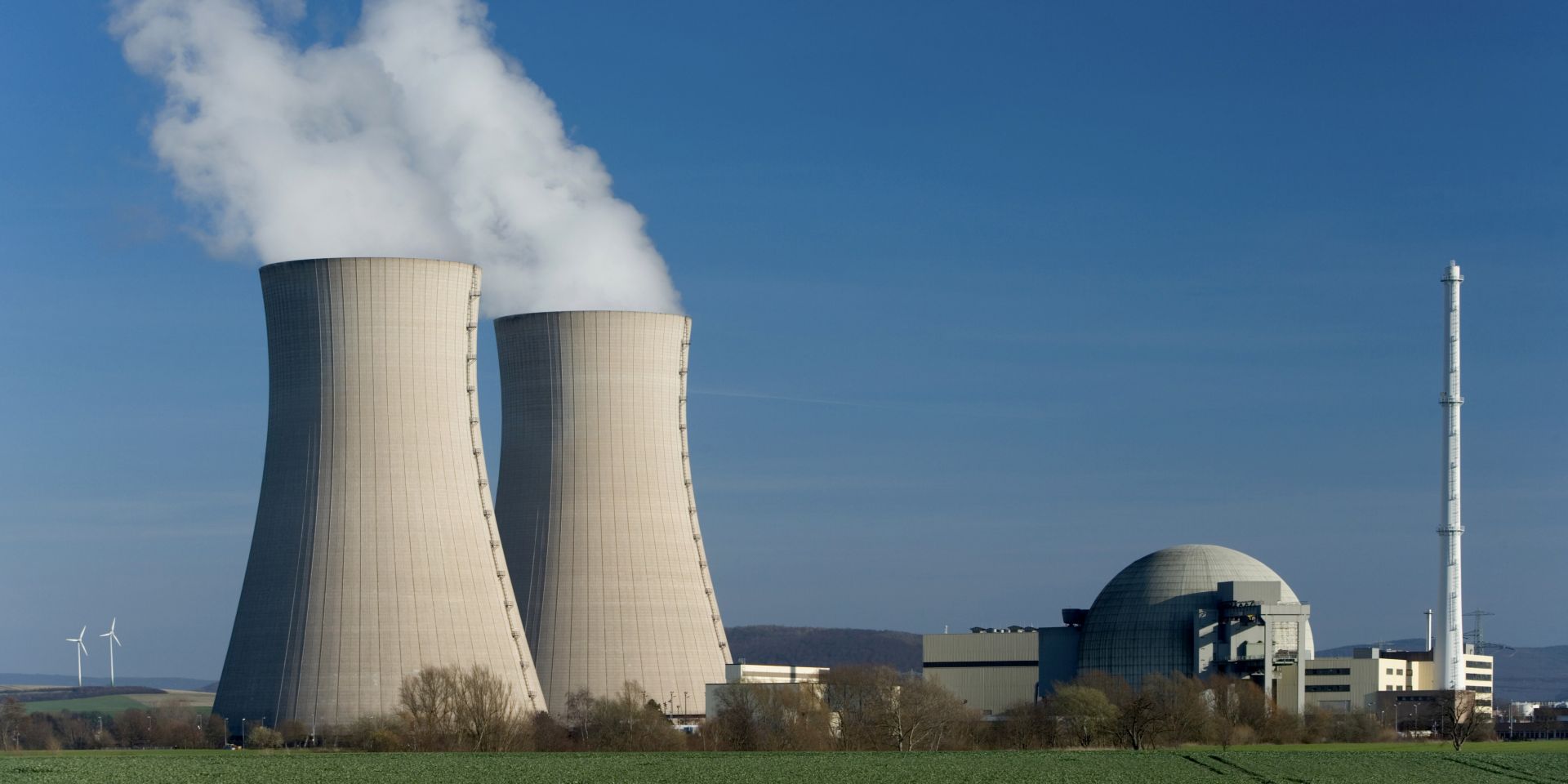Passive structures playing an active role in license extension

Structural Technologies brings industrial Operating Experience into the nuclear sector at just the right time. As the US fleet of reactors reaches the period of extended operation and many stations begin to eye the reality of an 80-year life, it may very well be the passive components that take on an active role in key decision making.
Across the industry many passive structures are classified as “Run to Maintenance” or Non-Critical per the guidance in AP-913 (Equipment Reliability Process). Although some of these structures do find their way into the Preventive Maintenance Program either through the Aging Management Program or the Structures Monitoring Program in many cases the result is a time-based visual inspection. Typically, any Condition Reports that are generated from the inspections result in Work Order inventory that is classified as Deficient/Non-Critical based on AP-928 (Work Management Process) and therefore not prioritized highly during cycle planning or refueling outage scoping. Further setting the table for this trend is the decreasing number of full time Civil Engineers employed by the stations and the limited experience level of some that are in place.
It is quite rare for load bearing civil structures to maintain original design capacities over an 80-year service life. When duty cycle and service conditions are considered, it is logical to assume some level of intervention will be required to achieve an 80-year life. Unfortunately, without comprehensive, tactile inspections many of the failure mechanisms are not realized until well into period 2, as referenced to in figure 1 below.
At this stage the investigation, design, and repair costs can still be controlled. Interim measures can be put into place and utilities can develop long term asset management strategies that allow them to properly cash flow repairs and minimize risk. When assets are allowed to progress towards the end of Period 2 or into Period 3 repair costs typically increase drastically and the time to react is also shifted from proactive to reactive.
Recent investigations across the US fleet indicate broadly that concrete infrastructure assets are into period 2 with many of our major passive structures including cooling towers, buried piping, intake structures, fuel buildings, auxiliary buildings, equipment foundations foundations, turbine operating decks, and others experiencing some level of degradation, delamination, or spalling. It is critical to clearly understand the failure mechanism to ensure the limited resources are appropriately applied. While visual inspections and the use of drone technology can provide meaningful information, there is no substitute for a tactile inspection combined with lab analysis. Once the right information is gathered it is possible to model the remaining useful life of the asset and make proactive decisions within the long-range plan (figure 2).
Structural Technologies is an industry leader in infrastructure repair, and for over 45 years has been guiding owners of large concrete assets, including fossil plants, through many of the same failure mechanisms the nuclear industry is on the verge of facing. A comprehensive condition assessment performed by nationally recognized subject matter experts will equip each station with the information needed to manage risk and avoid the high costs associated with reactive repairs. We are proud to partner with the nuclear industry to provide safe, reliable, clean energy for decades to come.


